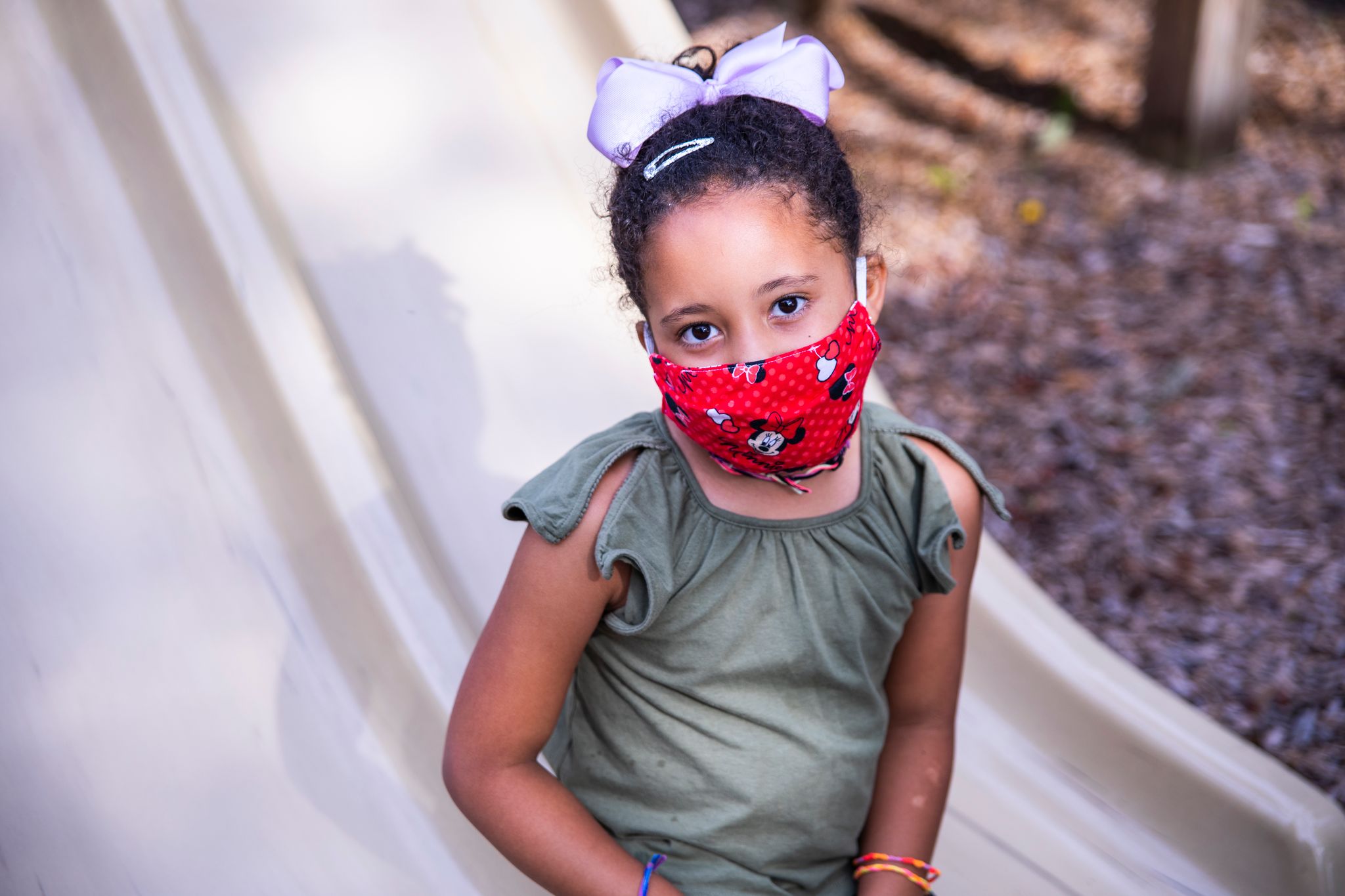
Using Outdoor Learning to Maintain a Montessori Environment and Safe Classroom
With our new safety practices to ensure the health and well-being of our staff and students, maintaining a nurturing Montessori environment has created new challenges for our Montessori guides. But these new challenges have given way to new opportunities, such as embracing outdoor learning.
Kinderhouse Montessori in San Diego, CA is one of several Montessori schools in the Endeavor Schools family that has increased use of its outdoor spaces to utilize the natural fresh air and sunshine. Although Endeavor Schools has high-quality HVAC systems in each of its schools, the use of outdoor spaces can make it easier to do activities that enable social distancing. In addition, Kinderhouse’s Jing Zhu says her children experience a calming and stabilizing effect, which can be conducive for concentration and learning.
“The outdoor environment provides children with more natural and milder stimulation in a way the children probably won’t be over or under-stimulated,” Zhu said. “Children just love to be outside. Most of my toddlers are exhilarated when it is the time to be out.”
Outdoor learning is not a novel idea when it comes to a Montessori setting. In fact, Dr. Maria Montessori advocated for outdoor learning during the course of her research.
In The Discovery of the Child, Montessori wrote: “Let the children be free; encourage them; let them run outside when it is raining; let them remove their shoes when they find a puddle of water; and, when the grass of the meadows is damp with dew, let them run on it and trample it with their bare feet; let them rest peacefully when a tree invites them to sleep beneath its shade; let them shout and laugh when the sun wakes them in the morning as it wakes every living creature that divides its day between waking and sleeping.”
Dr. Amy Brereton, the Vice President of Academics at Endeavor Schools, said outdoor learning activities have been implemented throughout the Endeavor Schools network.
“We promote guided explorations in the natural world whenever possible,” Brereton said. “These explorations may be aimed at learning specific science content, such as plant and animal biology, geology, habitats, astronomy, physics, etc. Also, explorations could have more to do with geography (cartography, terrain, hydrology etc.) or sociology (animal social behaviors, outdoor occupations, community planning etc.).
Tinkering outdoors to learn STEAM (science, technology, engineering, art, and math) is another way Endeavor Schools utilizes the outdoors for learning.
“Tinkering involves providing children with a variety of loose part materials that they can use to build endless creations,” Brereton said. “Children have used planks and tubes to make ramps and pathways for balls or trucks (physics, engineering); cardboard or boards to make buildings (engineering, math); ropes, tarps and poles to make tents (engineering, math); and a variety of materials to craft simple machines (technology, math, engineering).”
She adds: “Most children do not consider their creations to be complete until they have taken the time to decorate them (art). These types of projects are well suited for the outdoors because the open space makes large scale creation possible.”
There are also the many benefits of unstructured outdoor activity outdoors, which gives children a chance to rest their minds and process all the material they have been soaking up in school and life.
“While schools across the country are choosing to shorten or eliminate recess, we are choosing to offer children more unstructured time outdoors,” Brereton said. “When children’s brains are working hard to master content, they need breaks. These breaks offer the brain time to file information.”
Pedagogists have done a great deal of research on the benefits of recess. These include increased focus; fewer behavioral issues; improved cognitive function; increased social and emotional growth; and improved physical health, such as stronger immune systems.
“A strong Montessori program supports children’s unstructured engagement with the outdoor environment in the form of recess or ‘brain breaks,’” Brereton said. “The younger the child, the more often they need such breaks.”
Recess is vital for the mental, as well as physical health, in a Montessori setting, according to Lee Lanou, the Director of Montessori Education at Endeavor Schools.
“Dr. Montessori knew, and research confirms, that movement is essential for the growth of a child’s intelligence,” Lanou said. “Movement in nature not only strengthens their muscles but also aids in the development of auditory discrimination, visual cues for depth perception, balance, coordination, agility, and it offers a rich variety of sensory stimuli for the young child’s absorbent mind.”
And most importantly, children experience more joy and happiness throughout the day then they have time outdoors.
When describing her children learning outside on a recent beautiful San Diego day at Kinderhouse Montessori, Zhu said: “Their faces are just glowing, their eyes are shining, and I feel like we are in love with the playground and each other.”
